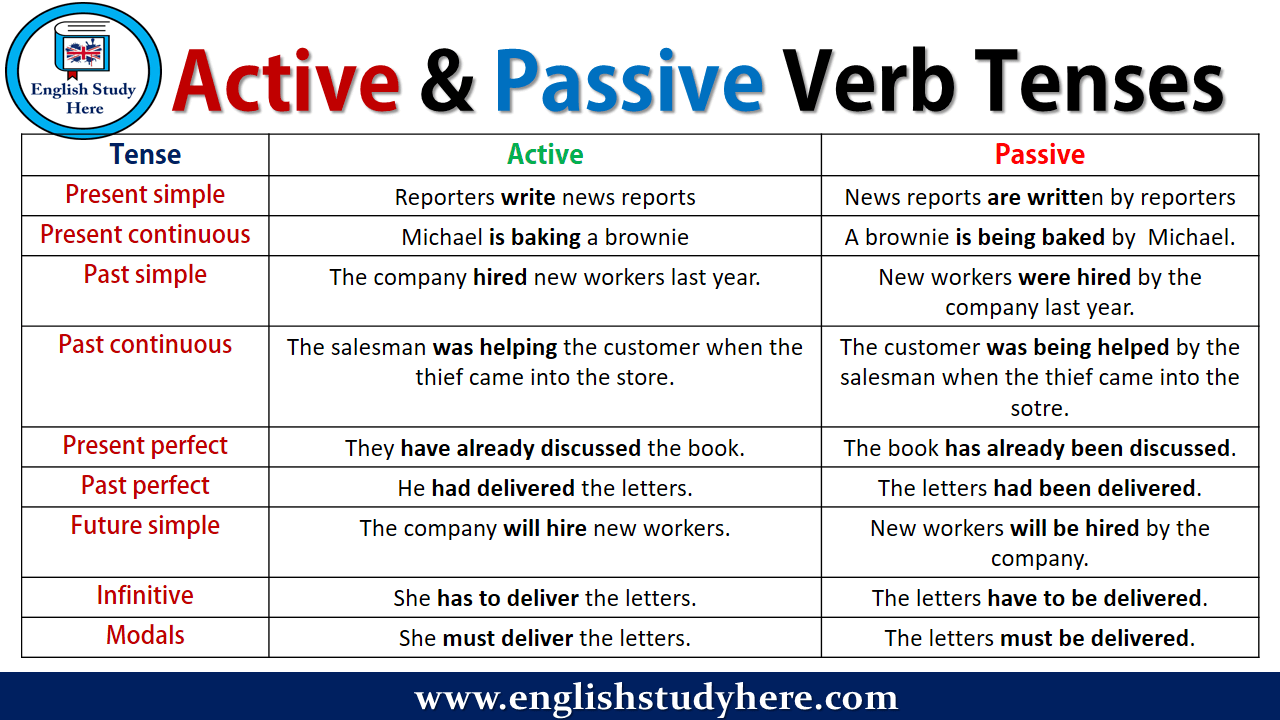English grammar can be a tricky subject to navigate, especially when it comes to understanding the difference between passive and active voice. Both forms of writing have their own unique characteristics and uses, making it important to grasp the distinctions between the two. Let’s explore the concepts of passive and active voice in English grammar.
Active voice is a type of sentence construction where the subject of the sentence performs the action. This form of writing is direct, clear, and concise, making it a popular choice for many writers. On the other hand, passive voice is when the subject of the sentence receives the action, rather than performing it. While passive voice can sometimes be useful, it is generally seen as weaker and less engaging than active voice.
English Grammar Passive and Active
When using active voice, the subject of the sentence is the one performing the action. For example, “The cat chased the mouse.” In this sentence, the cat is the subject and is performing the action of chasing the mouse. Active voice is often preferred in writing because it is more direct and engaging for the reader. It allows for clear communication and helps to keep the reader’s attention focused on the subject performing the action.
On the other hand, passive voice is when the subject of the sentence is the one receiving the action. For example, “The mouse was chased by the cat.” In this sentence, the mouse is the subject, but it is not actively performing the action of being chased. Passive voice can sometimes be useful when the focus is on the object or when the subject is unknown or unimportant. However, it can make writing less dynamic and engaging for the reader.
It’s important to be aware of when to use passive and active voice in writing. Active voice is generally preferred for most types of writing, as it is more direct, engaging, and clear. Passive voice can be useful in certain situations, such as when the focus is on the object or when the subject is unknown or unimportant. By understanding the differences between passive and active voice, writers can improve the clarity and effectiveness of their writing.
In conclusion, understanding the concepts of passive and active voice in English grammar is essential for effective writing. Active voice is direct and engaging, while passive voice can be useful in certain situations. By mastering the use of both forms of writing, writers can enhance the clarity and impact of their work.
